by the International Crisis Group
The threat of nightmarish war on the Korean peninsula is higher than at any time in recent history. As the pace of North Korea’s nuclear and missile testing increased throughout 2017, so too did the U.S.’ bellicosity. North Korea’s neighbours – South Korea, China, Japan and Russia – are caught between Pyongyang’s sprint to expand its nuclear capability and an administration in Washington apparently determined to stop that dash at virtually any cost. Strategic calculations in the region are evolving, due not only to fear of North Korean weapons but also to the spectre of chaos provoked by U.S. military action. Yet opportunities for de-escalation exist: North and South Korea have reopened diplomatic channels, while the more U.S. aggressive posture has added urgency to China’s efforts to find a way out of the crisis.
The sense of peril owes much to confusion about why North Korean leader Kim Jong-un has ordered his breakneck pace of nuclear and intercontinental ballistic missile tests. There is good reason to believe that, like his predecessor, Kim is driven chiefly by worry that without such deterrence his country risks attack – and his regime risks ouster – by outside powers. He appears propelled by domestic dynamics as well. A greater nuclear capability shores up Kim’s internal support, burnishes his prestige and diverts attention from deep economic troubles.
What keeps U.S. officials awake is the possibility that Kim might have a third motivation: that acquiring the means to strike major U.S. cities would allow North Korea to dictate an outcome to the crisis on the peninsula. Those scenarios range from the lifting of sanctions to U.S. withdrawal all the way to forced reunification of north and south. Washington fears that Pyongyang’s better ballistic missiles will inhibit its own freedom of action: the U.S. wants to deter not be deterred.
Yet if there is unease about Pyongyang, so too is there puzzlement about Washington. The Trump administration veers from bombast to conciliation. It is squeezing the North Korean regime with a strategy of “maximum pressure”. This involves, first, sanctions and demands that China lean harder on Kim, despite pursuing a maximalist objective – denuclearisation – that no amount of pressure will achieve. More obviously, it involves the White House cultivating the impression it is ready to use force to slow Pyongyang’s weapons program, notwithstanding the catastrophic – indeed unthinkable – risks such action would entail. Then again, President Donald Trump at times broaches the option of diplomacy.
The game of nerves and one-upmanship places North Korea’s neighbours in a bind. South Korea’s president, Moon Jae-in, supports harsh sanctions on Pyongyang but the last thing he or his citizens either want or can afford is military confrontation. Moon swiftly accepted Kim Jong-un’s 1 January 2018 offer of contact, which has since become a joint commitment to military-to-military as well as high-level political talks.
As the pre-eminent regional power and North Korean economic lifeline, China will have to be an integral part of any solution. President Xi Jinping’s assertive leadership includes a tougher line with Pyongyang, which in turn has become ever pricklier at the exertions of Chinese influence. Xi has curtailed economic assistance and acquiesced to stricter sanctions. Still, and for now, Beijing’s core assumptions remain unchanged: it will not incur Pyongyang’s overt hostility by signing up to an American drive for denuclearisation at any cost. From Beijing’s perspective, a nuclear North Korea is a worry, but a manageable one, while a military conflict is a menace, and an uncontrollable one. China proposes to quell the immediate crisis with a freeze of North Korean nuclear and missile testing in exchange for a freeze of U.S. military exercises in the vicinity. But, thus far, it is confounded in that aim by Kim’s recklessness, on one hand, and Trump’s stubbornness, on the other.
Japan and Russia play less central parts, but their proximity – and Russia’s historical ties – to North Korea give them important stakes in the crisis. Japan broadly tracks U.S. policy on North Korea, and Russia, Chinese policy. Japanese Prime Minister Shinzo Abe has been more supportive than other neighbors of the “maximum pressure” campaign, though in Tokyo, as elsewhere, there is disquiet at the danger of confrontation. Russia opposes North Korea’s nuclearization but has little appetite for hostilities on the peninsula. It also is quick to seize any opportunity to cast the U.S. in a negative light and, on occasion, to offer Pyongyang support.
For decades, Pyongyang’s nuclear program has shaped relations among major powers and regional states, as well as dynamics within the latter. While Kim’s accelerated weapons program and Trump’s combativeness are new, the fundamental challenge – how to restrain North Korea while addressing some of its core concerns – remains. So, too, does consensus among North Korea’s neighbours on core principles: the need to halt Pyongyang’s military nuclear drive; conviction that this objective is not worth risking war on the peninsula; belief that the costs of even limited military action outweigh any potential benefit; and certainty that a solution must be found through diplomacy. If top U.S. officials genuinely believe that military action is their best option – and it is hard to tell if such indications are tactical bluff or genuine intent – then they are on their own.
Yet there may be (thin) silver linings to the dangerous turn the crisis has taken over the past year. U.S. belligerence has jangled the nerves of regional powers but also likely steeled their will to find an off-ramp. North Korea’s advances in its nuclear and missile program could make this moment propitious for diplomacy. Rekindled ties between Seoul and Pyongyang could defuse tensions in the short window ahead of the February 2018 Winter Olympics. Sober heads in Washington might convince the president to use this window to seek some form of de-escalatory deal.
This is the executive summary of a new report by the International Crisis Group. To read the executive summary of the second report, which focuses on the de-escalatory deal, click here. Photo: nuclear artillery test (Wikimedia Commons).

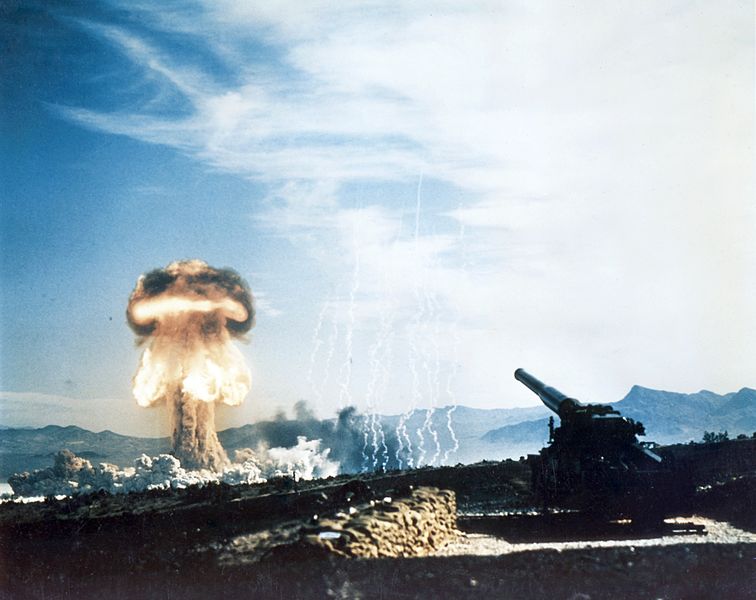
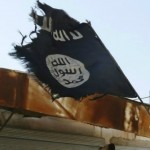
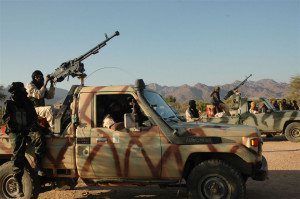
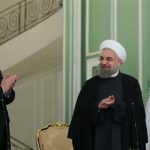
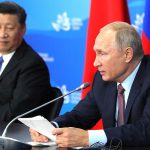
The US, still at war with North Korea, objects to DPRK developing a self-defense nuclear deterrent to prevent the complete destruction that was bestowed on North Korea previously by the US earlier in the war (a war crime). Can’t blame the US for trying!
Photo Top of ICG story on US-DPRK war: FIRING OF NUCLEAR HOWITZER (who, when, where?). Hard to imagine a worse selection. What’s the intended message? DPRK converts conventional artillery to nuclear; destruction of Seoul will make Hiroshima and Nagasaki seem like a small firefight? Or US to use tactical nuclear weapons in its preventive/preemptive nuclear strike on DPRK? IMHO an explanation and an apology is called for to LobeLog readers and indeed to the humanitarian world.
In case the authors missed it, in July 2017 122 governments endorsed the Nuclear Ban Treaty at the UN, and the peoples of most of the rest of the world’s countries strongly support the Nuclear Ban treaty. It was recognized with the 2017 Nobel Peace Prize. The use of unclear weapons has been banned – made illegal under international humanitarian law, period. Do everything you can to support the Nuclear Ban Treaty!
The US modernization of its nuclear weapons includes the outrageous intention to expand the use of tactical nuclear weapons – yes, not the big strategic deterrence weapons aimed to devastate Russia and China, but little nukes to use with conventional munitions in smaller conflicts, like with DPRK. If the US does employ nuclear weapons against DPRK, the person pushing his big button will have committed one of the biggest war crimes in history, bringing nuclear barbarism onto the world stage. The world will rise up against and condemn that perpetrator and bring him to justice and execution by an international court.
That’s a message that should be writen about regarding US-DPRK military conflict.